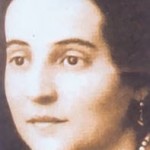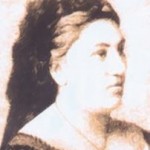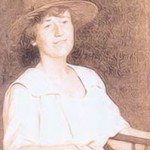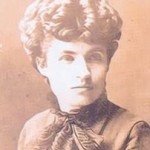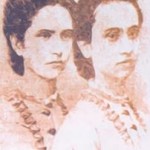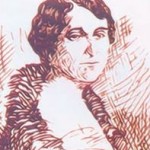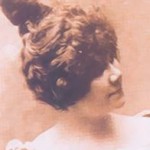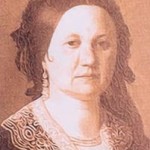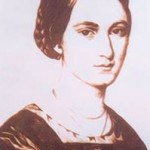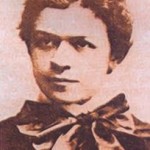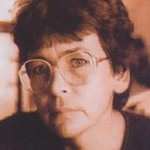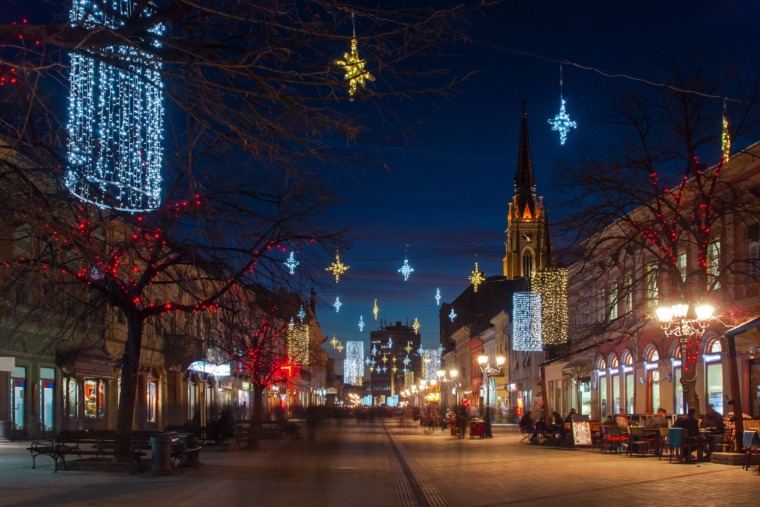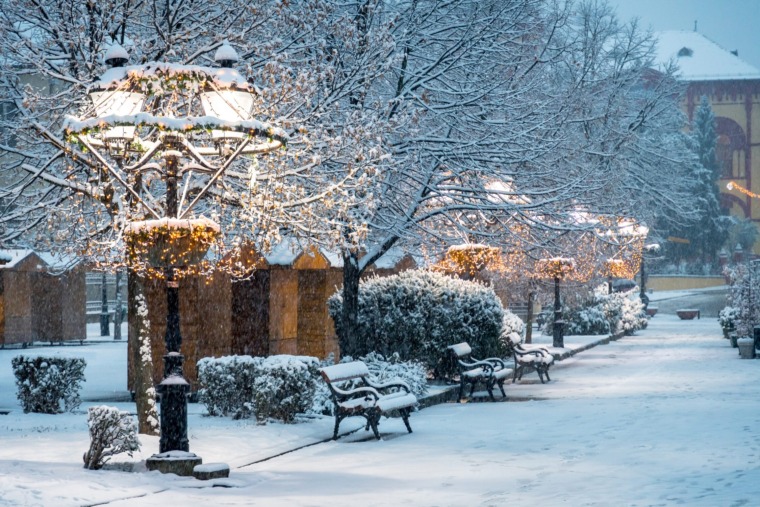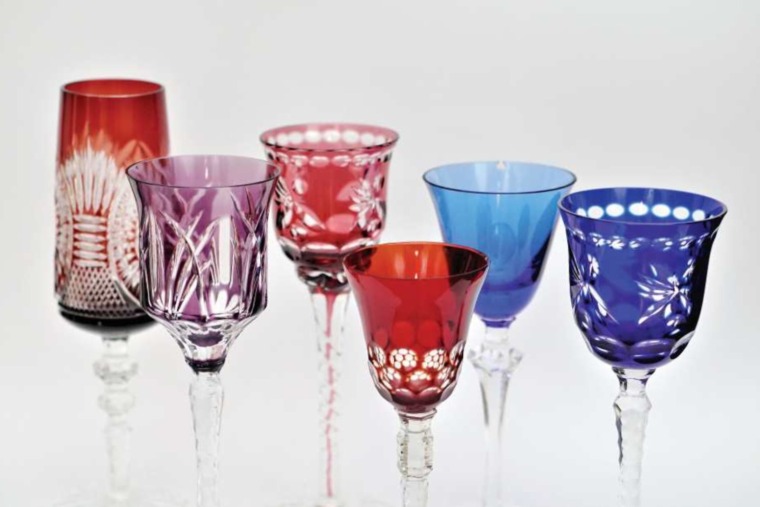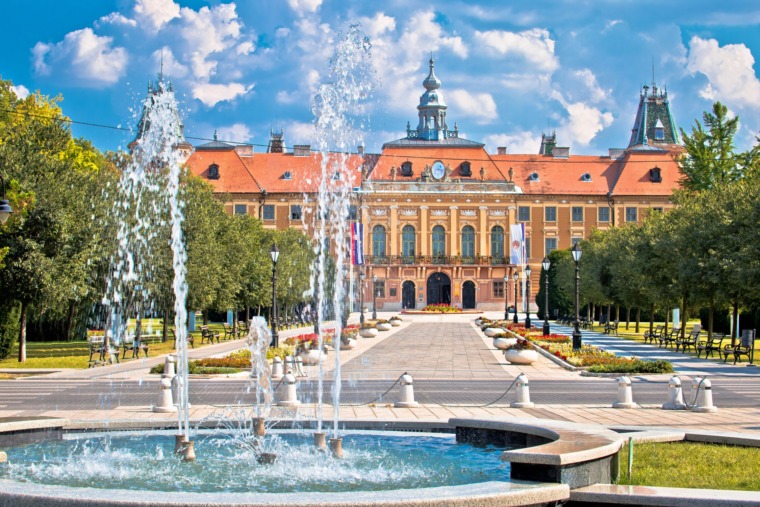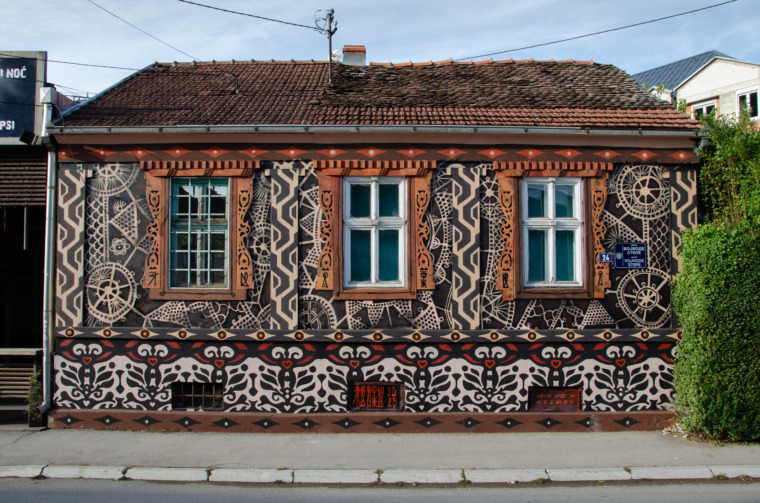
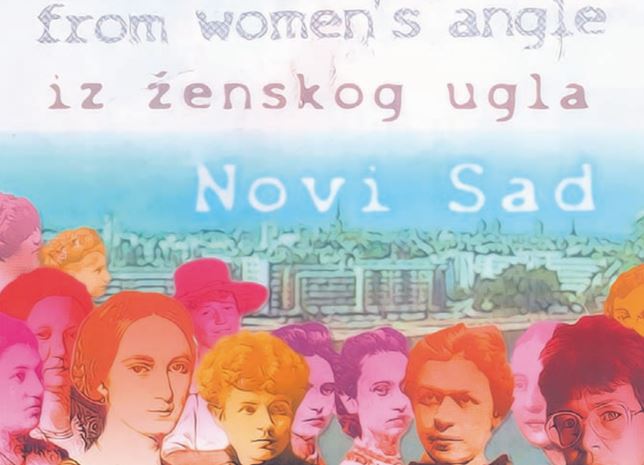
The city of Novi Sad is one of the few in the country providing a rather distinctive tour within its city sightseeing offer: a mosaic story of the biographies of 12 famous women who lived in Novi Sad. While walking down selected city areas that are symbolically or directly related to these gifted women, you will become familiar with their work and gain a new and different perspective on city life.
THE CENTURY’S TOP FEMALE PIANIST
We shall begin the story with Jovanka Stojković, an exquisite 19th century pianist and composer.This talented musician completed her piano stud ies under professors Liszt and Dreyschock. Franz Liszt called Jovanka “the century’s top female pia- nist”. With her virtuosity she powerfully entered the musical life of Novi Sad during the 1870s. The time and work of Jovanka Stojković leads us to a Roman Catholic Church named Mary. This church contains a concert organ that represents a symbolic link with her.
WOMAN WRITER INSPIRED BY VOJVODINA
Erzsébet Börcsök’s prose work ranked her among the group of the most important Yugoslav Hungarian writers. Inspired by her region, the common life of Serbs and Hungarians, as well as the position of women, were the main topics of her prose. Her major works are considered as the novella “Vándor Nišavánál” (Traveller on the Nišava) and the novel “A végtelen fal” (An Endless Wall). She wrote between the two world wars. Today a street in the city carries her name, though it is not in the city centre. You will find the connection between her and the city in the Catholic Churchyard – a harmonious ambience dominated by the baroque-classicist building of the Catholic Parish Church. The Catholic Churchyard is also home to the Culture Centre of Novi Sad – a venue for dif- ferent, classic and alternative events.
A SKILFUL WOMAN ORATOR
A child from prominent Greek-Tsintsar family Polit-Desančić, Savka Subotić grew up into “a fight- er for women’s rights”. She was the first president of the Serbian National Women’s Alliance and the Circle of Serbian Sisters. She will remain remembered for her wonderful speech at the lecture “Women in the East and the West”, held in Vienna. The memory of this woman takes us to Grčkoškolska (Greek School) Street and the Greek school.
AN UNRIVALLED FEMALE INTELLECTUAL
Anica Savić-Rebac was a prodigy: at the age of twelve she was already translating Byron. She graduated classical philology in Vienna and defend- ed her doctoral dissertation “Pre-Plato Erotology” at the University of Belgrade. Her childhood was marked by a significant circle of intellectuals gathered around Matica Srpska, which was then located in the building of Platoneum. You will find an urban link with her in a building from the 18th century that itself has a biography worthy of attention.
ENGAGED FEMALE EDITOR
Another fighter for women’s rights was Milica Tomić, writer, editor and owner of the most read women’s magazine “Woman” (Žena). The daughter of a famous father, Svetozar Miletić, and wife of well-known politician Jaša Tomić, she herself also started participating in the political life of Vojvodina early. She lived at 14 Dunavska Street – one of the oldest and most picturesque streets in the city.
SOCIALIST SISTERS
Milica and Anka Ninković can be considered as the city’s first feminists. They are also the first women to become actively involved in the political life of Serbia by joining the socialist movement of Svetozar Marković. They Both of them completed academic teaching studies in Zurich and tried to open the first private higher school for girls in Kragujevac. Today there is a street that bears their name in the vicinity of the Novi Sad Fair.
A HUMANE SUFFERER
Jelena Kon established the Humanitarian Society “Bread Crust” (Kora hleba) and children’s day care and counselling during the severe economic crisis of 1925. In order to collect donations she organised numerous concerts which featured, among others, Bronislaw Huberman and Arthur Rubinstein. During the terrible Hungarian occupation and the infamous raid of 1942, she was arrested as a Jewess, tortured, murdered and thrown into the River Danube. Her place of spiritual stimulation was the Synagogue.
FORGOTTEN FEMALE ARTIST
Milka Marković, actress and pioneering first woman director, studied and advanced her education in Vienna, Munich, Prague, Dresden, Berlin, Rome and elsewhere. She was the leading and most educated actress of her time. She directed a piece called “Love” (Ljubav) in 1911 and was awarded the Saint Sava Medal for her artistic work. She spent her old age in poverty, forgotten and alone. The place of memory for this great artist is certainly Novi Sad’s Serbian National Theatre.
THE BIGGEST SERBIAN WOMAN BENEFACTOR
Marija Popović-Trandafil came from a prominent family and married wealthy merchant Jovan Trandafil. Together, they set up a fund for the education of poor gifted children. After her hus band’s death she acquired equity and converted it to different legacies, with the total value reaching the sum of 700,000 Hungarian forints. She established funds for student scholarships , the marrying of poor girls and serving widows, as well as for those having suffered harm and the weak. Her most important legacy, though, was the Institute for Orthodox Orphans. This building is today home to Matica Srpska, Serbia’s oldest cultural institution, which has a collection of portraits of famous people its rich fund, including a portrait of her. The name of this selfless woman is given to he square in front of the Matica Srpska building. She was buried in Nikolayevskaya Church, which she had restored from the ground up during her lifetime.
LEADER OF CURSED POETS
Educated and talented poet Milica Stojadinović- Srpkinja was tied to Fruška Gora Mountain with her poetry and and by her heart. Contemporary critics called her a leader of the pleiad of cursed Serbian poets. As an associate of great language reformer Vuk Karadžić, she collected folk songs. She cooperated with a great number of maga zines and was the first female war correspondent. A literary prize has since been established in her honour. One street in a newer part of the city bears her name, while her works are kept in the archives of Matica Srpska.
WOMAN AHEAD OF HER TIME
Mileva Marić-Einstein, a mathematician and Albert Einstein’s first wife, was the first Serbian woman to study at the Higher Polytechnic School in Zurich, where she met her future husband. Following their divorce, Mileva turned to fam- ily life. Her parents’ house is located at 20 Kisačka Street. The following is written on a plaque adorning the house: “Here lived Albert Einstein, creator of the theory of relativity, and his research associate and wife, Mileva Marić.”
WRITER OF LOST WORLDS
Writer, literary critic, art historian, teacher, journalist, librarian, scientist – these are all profes- sions associated with Erzsebet Juhasz. Her fiction explores the causes and consequences of the loss of traditional values on a personal and social level. In her works she revived the lost world of a bourgeois Bačka family from the provincial milieu. She was awarded the Ervin Sinko Award in recognition of her literary works.
 BelGuest in co-operation With Jelena Ilić and Gordana Stojaković The tourist route “THE CITY FROM A FEMALE PERSPECTIVE” is organized by Novi Sad Tourist Organisation and the author is Gordana Stojaković. All information about the route you can find at the Novi Sad Tourist Organisation pults.
BelGuest in co-operation With Jelena Ilić and Gordana Stojaković The tourist route “THE CITY FROM A FEMALE PERSPECTIVE” is organized by Novi Sad Tourist Organisation and the author is Gordana Stojaković. All information about the route you can find at the Novi Sad Tourist Organisation pults.
Related Articles

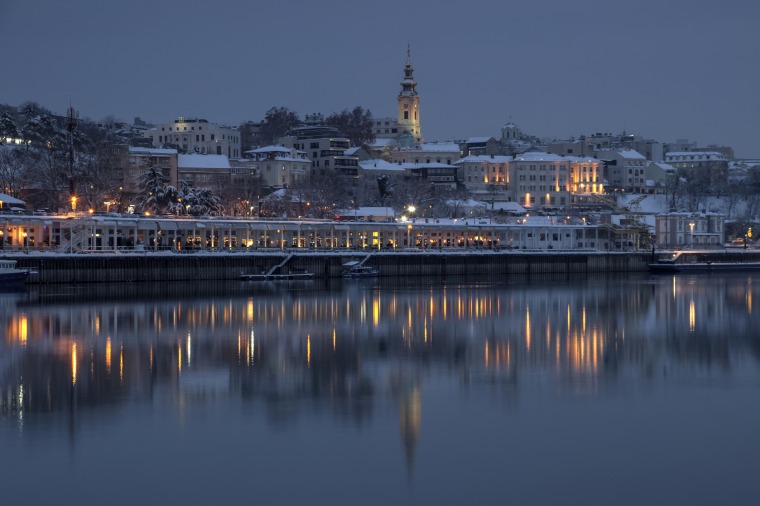
Belgrade in December: A City of Lights, Warmth, and Holiday Magic
December 5, 2025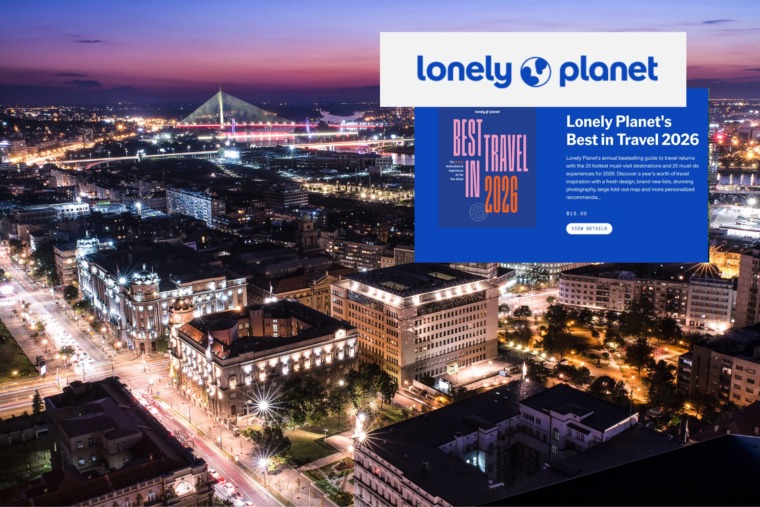
Belgrade Among Lonely Planet’s Top Experiences for 2026
November 14, 2025


